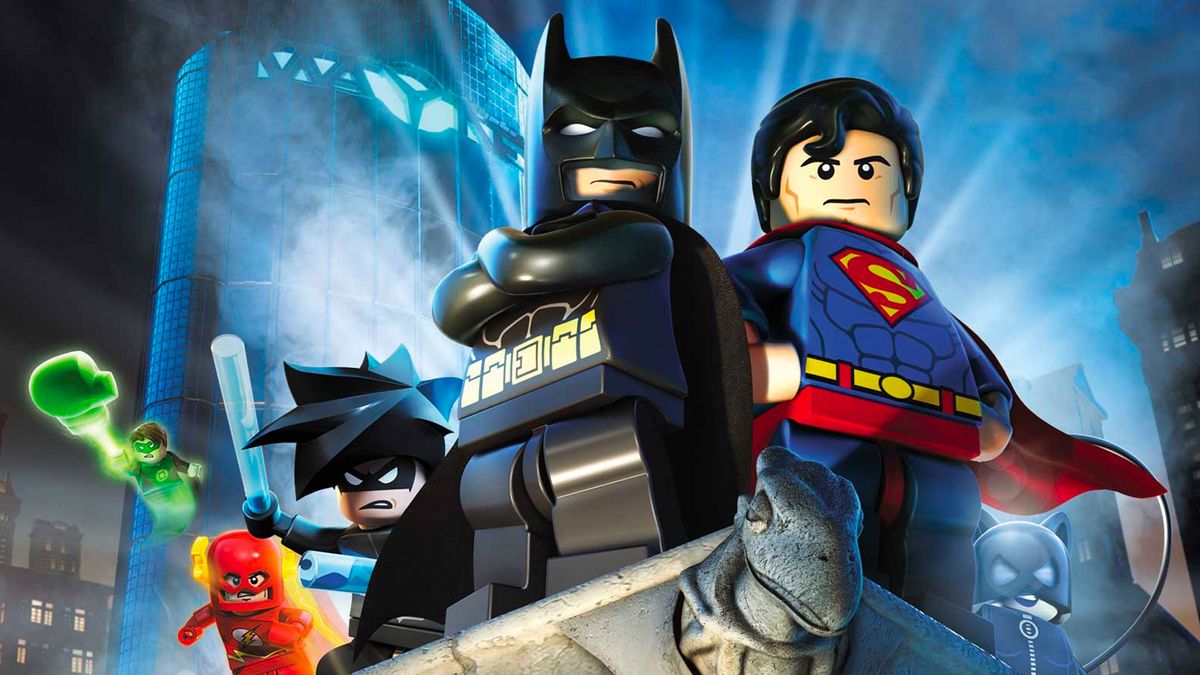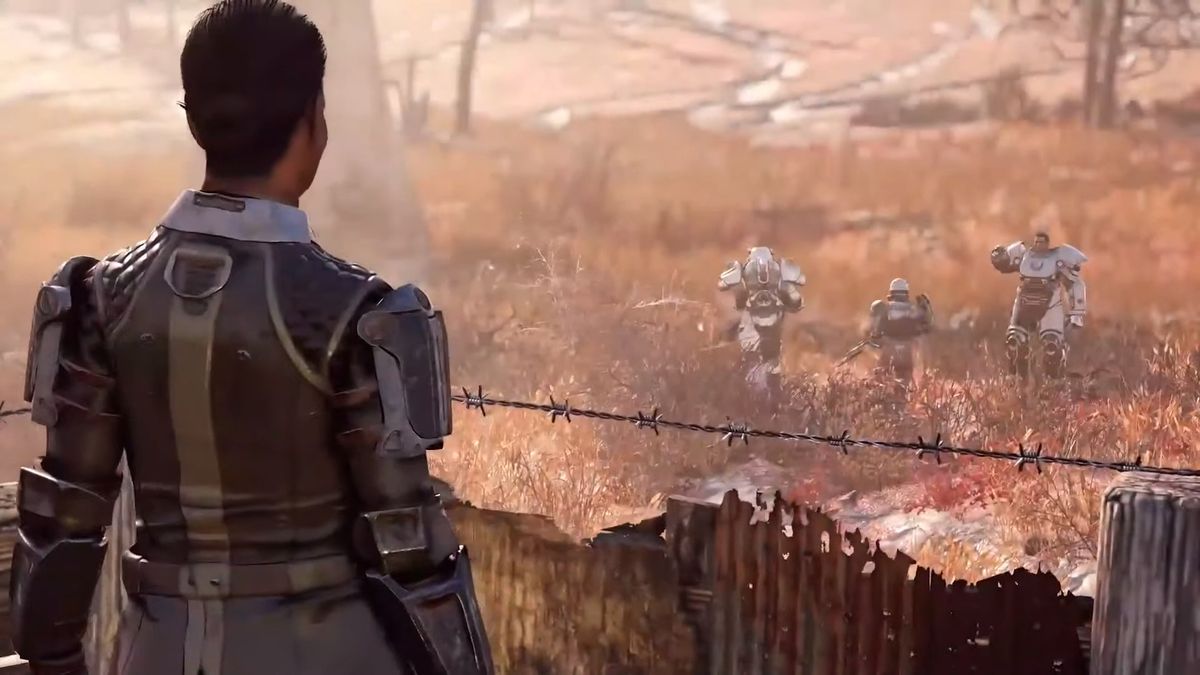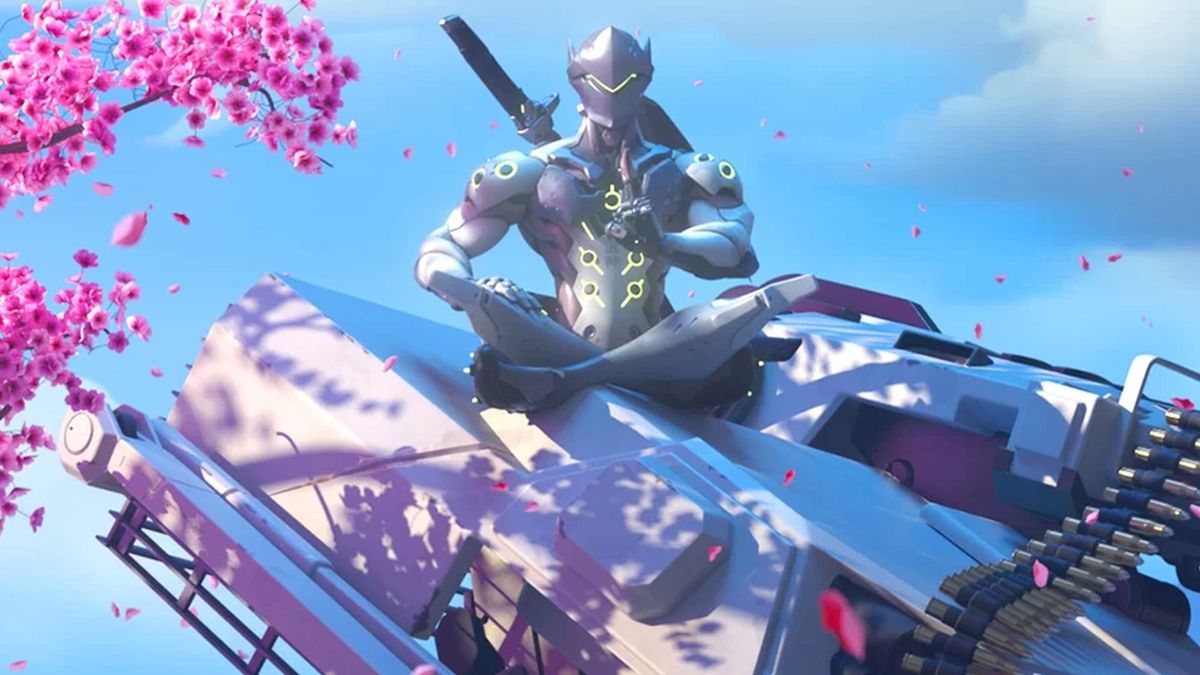As the old adage goes, and your mother probably warned you: don’t be fooled by Roman numerals. All those Final Fantasy games are just waiting to catch you out, and despite that X hovering at the tail, this is closer to the 20th creation in the Mortal Kombat franchise. Spin-offs, reboots, handhelds – we’ve seen, played, and eviscerated them all. But this is none of the above. Far simpler, MKX is a straight sequel to 2009’s back-to-basics approach – an approach that served the series well, combining the trademark blood, guts and juggle combos with a gloriously shlocky story mode in which you played all the key roles in a B movie pastiche.
So what’s changed? Well, we can’t speak to how that campaign offering has evolved – NetherRealm is keeping its cards close to its chest on that front for now. Before eventually, one would assume, using them to cut a hole in someone’s thorax and stuffing them into various internal organs. The headline feature since the game’s announcement in June has been the introduction of variations – each fighter now has three slightly altered combat styles, meaning that no one character always has the wood over another (or at least, that’s the intention). And of course there are new modes, online features, and all the additions you’d expect – we’ll come to that. But really the progress that Mortal Kombat is making lies in the margins; small gains combining to make a big difference.

It’s not the kind of evolution that you’d notice from a couple of quick bouts, but it makes itself manifest the more you play, the more you appreciate just how smooth and technical a proposition MK has become, and the more you compare it to games past. The difference can probably be most easily summed up semantically: what was once a beat-’em-up is now a bona fide fighting game.
And of course, those most acutely aware of how and why those changes have been made are the NetherRealm teams still hard at work in their arctic lair (seriously, Chicago in winter is colder than Sub-Zero’s heart). “We want to always evolve the game,” designer Derek Kirtzic tells us during our visit. “We want to have constant depth, so we put certain features in. The run [reintroduced after its absence in MK9], for instance, creates pacing and speed of pressure. But with having a stamina gauge it allows us to prevent anybody really exploiting it. Also, originally in MK back-dashing has had a couple of frames of invincibility – if someone was throwing a projectile you could back-dash through it. But again the stamina meter allows us to prevent people from doing anything like that.” The testicle-shattering x-ray moves and the face-melting fatalities may grab the headlines, but these are the details that matter moment-to-moment during matches – and NetherRealm knows it.
It’s one of the reasons why the series has become more and more popular with the genre hardcore and on the tournament circuit. “[The pro players] are very, very excited,” says creative director Ed Boon. “We don’t want to only make features that these guys can enjoy; we’ve always got to find the balance. But the multi-layered gameplay – the two-tick window of opportunity to cancel this move and dash-cancel out of that, all these crazy things – those guys love to dissect and talk about that.” The beauty is that even if you’re as interested in analysing frame data as you are Byzantine vases, the inclusion of this level of intricacy simply makes the game more fun. Even if you’re doing nothing more than button-bashing, the results of those ham-fisted inputs will be slickly animated, running at 60fps, and with rock-solid collision detection.

One of the NetherRealm watchwords this year is ‘balance’. Back to Kirtzic: “One thing about fighting games that’s really important is the match-ups. You may love a character, but have a horrible match-up against another, and no matter how much time you invest you keep losing. With the variation system you can change your approach depending on the match-up. So if you love Scorpion and you’re playing against someone who’s very offensive and brawler-focused, you could use Ninjitsu Scorpion to keep them away. Or if you’re fighting against somebody who’s more of a zoner, you can pick a different version of Scorpion where you can sit and chip away at them.”
In between talking to the team and browsing the retro MK toys – remember Kano and his Kombat Cycle? – we get the chance to put this to the test via several hours of hands-on time, both versus other players and the AI. The result? Well, aside from enough blood to keep the Twilight cast well-fed for five lifetimes, it’s encouraging. The true spread of each character’s variations will only become apparent with a level of mastery that our cack-handed mitts could never achieve, but even without going pro we can appreciate the subtleties. Take Raiden, our character of choice (the guy’s supposed to be divine, after all). His classic torpedo move is present and correct across all three, but only his Displacer persona has the teleport ability. Using this we’re able to dominate the environment, closing space rapidly, popping up behind our opponent, and generally causing the increasingly irritate chap sat next to us all kinds of exasperation.
But once he starts getting to grips with Scorpion, using weaponry to inflict heavy damage when we do get up close, the balance shifts back. Enter Thunder God Raiden. Increased lightning attacks and combo abilities mean we can now go toe-to-toe with the resurrected ninja, frying him worse than a man using a toaster in the bath. It’s a dynamic that works with all pairings – attack and counterattack, not merely within the bouts themselves, but in the players’ heads, and the context of repeated rematches. It’s an incentive to invest more time learning your favourite character, as well as something that will lead to greater longevity across single-player, local multiplayer, and online.

Speaking of which, a lot’s changed in Internetville in the three years since MK9, and that’s reflected in what’s on offer this time around. So, we can exclusively reveal that Mortal Kombat X will feature a mode in which you will fight against pugs wearing onesies, an angry subreddit come to life, and, as a final boss, a never-ending Buzzfeed list. Try ripping the spine out of that.
Ok so not actually, but there has been an on-trend makeover: terms like ‘meta-game’ and ‘asynchronous’ are applicable to the
all-new Factions mode. When you go online you’ll be asked to choose between five clans: Lin Kuei, White Lotus, Brotherhood of Shadow, Special Forces, and Black Dragon. You’ll then participate in a battle between the quintet lasting, for instance, one week. During this period everything you do, both online and off, will contribute war points to your Faction’s total, with an overall winner being declared at the end of the period. Think Driveclub, only with more evisceration.
But why now? Surely if MKX was concerned with being on-trend it could just put on skinny jeans and get an undercut? “As fun as fighting games are, it’s not like in an FPS where you die every once in a while but you have several other targets and can still get your kills,” explains Boon. “In a fighting game you either win or lose, and the average person loses 50% of the time. So we really felt like it was time to add other layers of competition. Putting everyone into factions motivates them: they can try to defeat people from other factions, they can take on the challenges, and they can contribute.” There’s also the ability to add a specific team component to battles themselves: “On a smaller scale three of us can get online and compete against another team of three. We fight our fights and then come back and see if two or three of us won, and so who won overall. It’s a little bit less macro – the main thing is to make it more of a community experience.”

That’s ‘meta-game’ marked off on the online mode bingo card, what about ‘asynchronous’? Well, the movement made popular by Need For Speed is incorporated in the form of setting challenges for your online chums. “You can say to a friend, ‘I went up this ladder and it took me six minutes and 20 seconds, I did three fatalities, six x-ray moves, etc.’ Those things are added to a score, and then you send that ladder to your friend to challenge him to beat that score. So you’re able to compete at different times of the day.” It may well be the case that a faction that slays together, stays together, but anyone with even the slightest hint of leaderboard-itis will know just how compelling this kind of one-upmanship can be.
The final reveal, alongside returning character Kung Lao, relates to exactly this. Those challenge ladders from MK9 have now animated themselves, returning as Living Towers. Thankfully this doesn’t mean you’ll have to fight giant edifices tottering around on legs, but rather the tasks you’re attempting to complete are constantly shifting. There are three to climb: one varies itself every few hours, one changes every day, and one only comes out to play on special dates or events. They vary in size (containing between five and 12 battles), but all shake up the existing gameplay.
Bombs fall from the sky, portals open up across stages, gravity gets distorted, gameplay speeds up – what was already a hectic affair becomes more so. And these modifiers, plus many more, can be mixed and matched and stacked, leading to even greater unpredictability. It’s both a way to keep players invested in going solo, and to widen the variety of the challenges that can be sent back-and-forth. Become a master of Turbo-Portal-Juggle Kombat and your pathetic friends will never beat your mammoth score. Mwahahah, and so on.

As we alluded to at the top, none of this signals a revolution for Mortal Kombat, or beat-’em-ups in general. You’ll laugh/wince/groan (delete as appropriate) as you witness the grimmest finishing manoeuvres in the history of the series and the genre. You’ll get to know the anatomies of the cast more intimately than you ever wanted. And you’ll occasionally lose interest as yet another x-ray attack breaks up the flow of a fight. How you react to the excesses that this series has been peddling for 23 years is very much a personal decision.
But coming to this game expecting those things to have been packed away is a fool’s errand. And even if you feel that they’re over-the-top and excessively grotesque, it’s worth your while to look past them. Because when you do you’ll find that there’s more substance here than there ever has been before. Variations allow you to find a character even more suited to your preferred playstyle, as well as allowing you to expand your own repertoire of who you play with – plus they mean the balance of match-ups is finer. Technical advancements also result in a game that possesses greater kineticism, with flowing combos that bring to mind the first time you saw an Ultra in Killer Instinct.
The fact that Mortal Kombat X is the most appealing in series history to the fighting game community is a positive no matter what your level, because it’s a signal of just how mechanically sound the core combat it. This is now a top-notch fighting game at its heart; the rest of the internal organs splattered about the place are just window dressing.
 Game News Video Games Reviews & News
Game News Video Games Reviews & News



